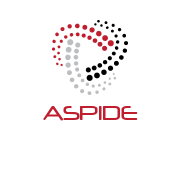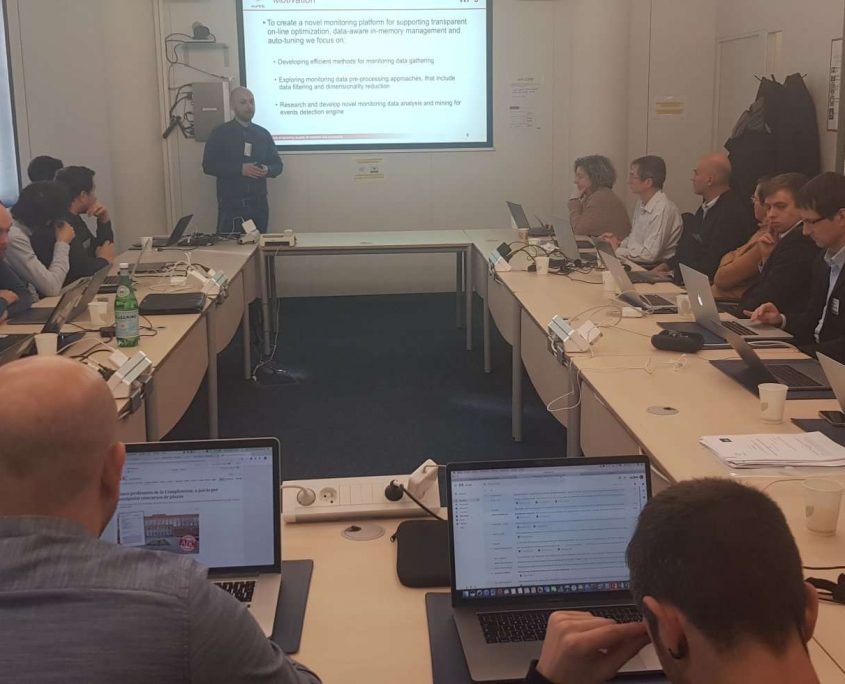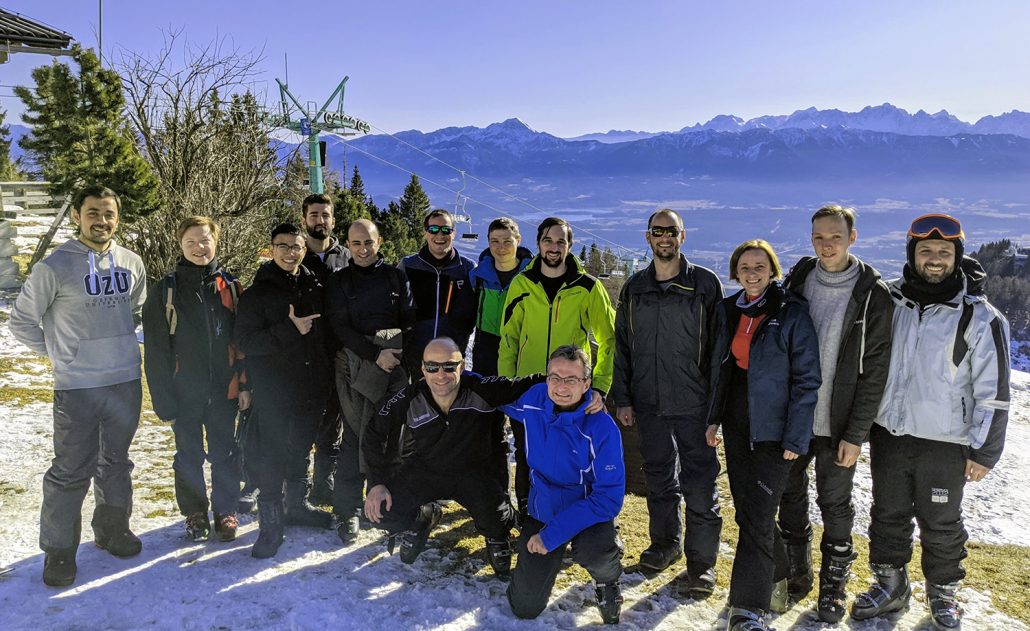Abstract: HTTP adaptive streaming with chunked transfer encoding can offer low-latency streaming without sacrificing the coding efficiency.This allows media segments to be delivered while still being packaged. However, conventional schemes often make widely inaccurate bandwidth measurements due to the presence of idle periods between the chunks and hence this is causing sub-optimal adaptation decisions. To address this issue, we earlier proposed ACTE (ABR for Chunked Transfer Encoding), a bandwidth prediction scheme for low-latency chunked streaming. While ACTE was a significant step forward, in this study we focus on two still remaining open areas, namely (i) quantifying the impact of encoding parameters, including chunk and segment durations, bitrate levels, minimum interval between IDR-frames and frame rate onACTE, and (ii) exploring the impact of video content complexity on ACTE. We thoroughly investigate these questions and report on our findings. We also discuss some additional issues that arise in the context of pursuing very low latency HTTP video streaming.
Authors: Abdelhak Bentaleb (National University of Singapore), Christian Timmerer (Alpen-Adria-Universität Klagenfurt, Bitmovin), Ali C. Begen (Ozyegin University, Networked Media), Roger Zimmermann (National University of Singapore)
Keywords: HAS; ABR; DASH; CMAF; low-latency; HTTP chunked transfer encoding; bandwidth measurement and prediction; RLS; encoding parameters; FFmpeg








 Bitmovin, a world leader in online video technology, is teaming up with the University of Klagenfurt, Institute of Information Technology (ITEC) and the Austrian Federal Ministry of Digital and Economic Affairs (BMDW) in a multi-million Euro research project to uncover techniques that will enhance the video streaming experiences of the future. The joint project establishes a dedicated research team to investigate potential new tools and methodologies for encoding, transport and playback of live and on-demand video using the HTTP Adaptive Streaming protocol that is widely used by online video and TV providers. The resulting findings will help empower the creation of next-generation solutions for higher quality video experiences at lower latency, while also potentially reducing storage and distribution costs.
Bitmovin, a world leader in online video technology, is teaming up with the University of Klagenfurt, Institute of Information Technology (ITEC) and the Austrian Federal Ministry of Digital and Economic Affairs (BMDW) in a multi-million Euro research project to uncover techniques that will enhance the video streaming experiences of the future. The joint project establishes a dedicated research team to investigate potential new tools and methodologies for encoding, transport and playback of live and on-demand video using the HTTP Adaptive Streaming protocol that is widely used by online video and TV providers. The resulting findings will help empower the creation of next-generation solutions for higher quality video experiences at lower latency, while also potentially reducing storage and distribution costs.